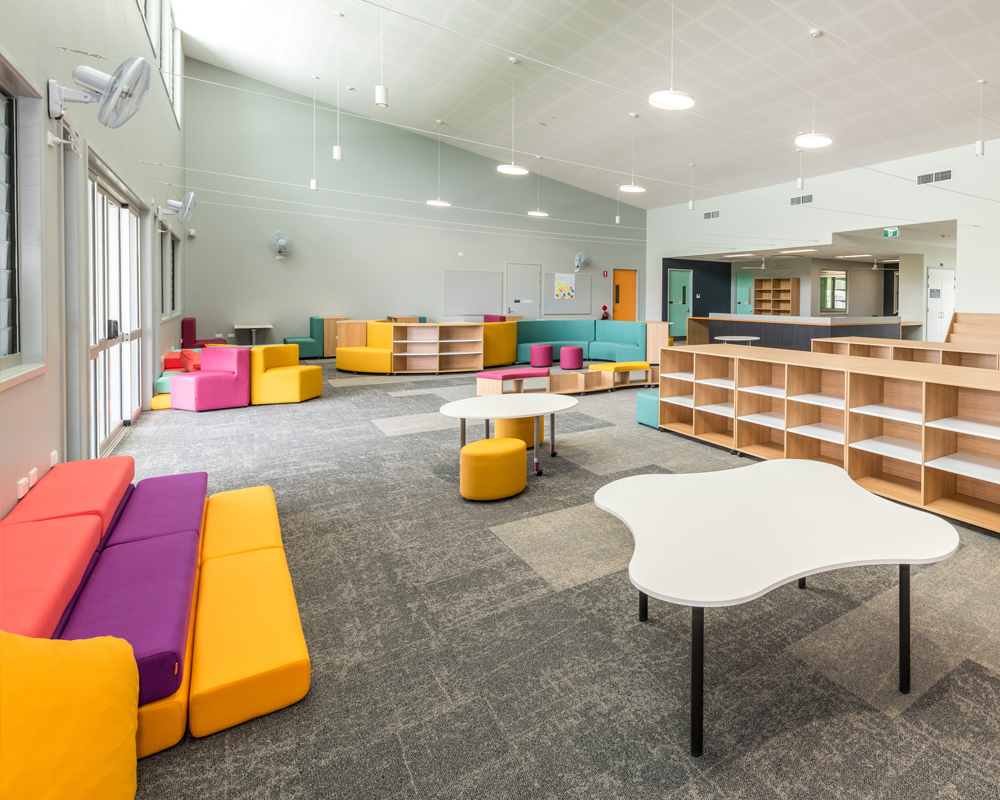
Incorporating colour into your classrooms and lessons can boost student learning and memory, affecting feelings, attention and behaviour when learning.
Colour psychology deeply influences children’s learning environments, shaping their cognitive and emotional experiences.
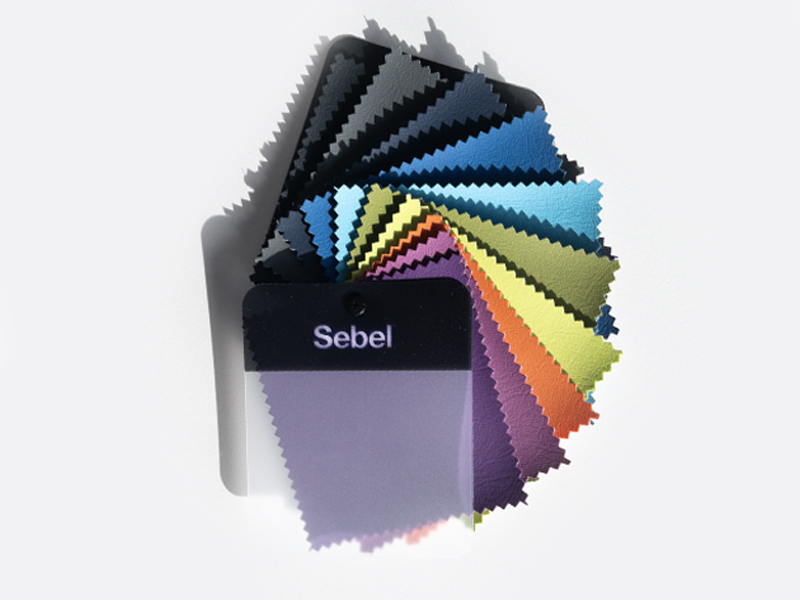
Colour and student engagement
Colour psychology studies the physical and emotional responses to colour, serving an important purpose within the classroom. These days, school classrooms are encouraged to be bright and colourful, with soft-furnishing areas, and soft lighting.
Student engagement can be heavily influenced by their surroundings and believe it or not, colours and colour schemes play a role in this. Thoughtful colour choices can inspire curiosity, foster participation, spark creativity, and impact focus. From calming blues to energising yellows, the strategic use of colour transforms classrooms.
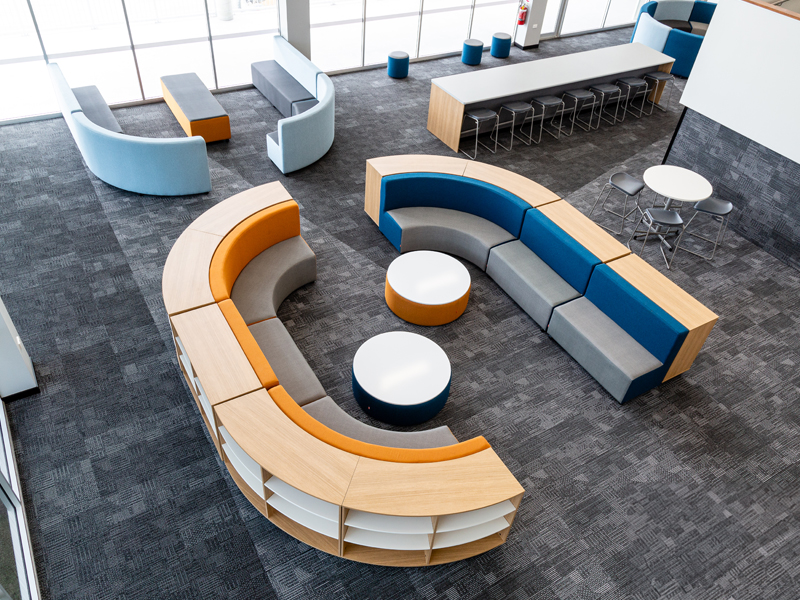
The colour spectrum
Did you know? Males have three cones for colour reception whereas animals and a small percentage of females have four cones and can see a greater range of colours.
The colour spectrum can be grouped into warm and cool colours. Red, orange and yellow are considered warm colours and are typically associated with activity and high energy. Alternatively, cool colours including blue, purple, and green, are calming and balanced.
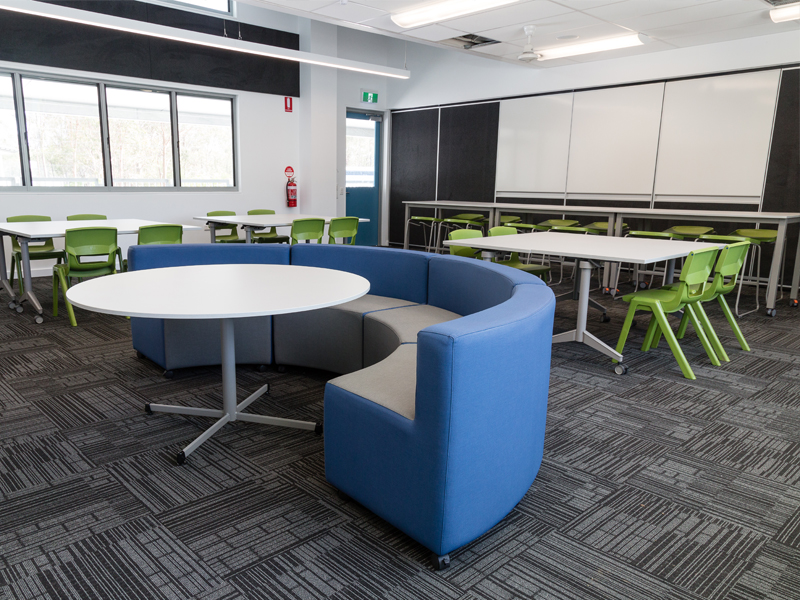
Green, for instance, is an excellent colour for improving concentration. It’s relaxing and encourages long-term concentration and clarity, making it a good choice for classrooms, as opposed to red, which is considered stimulating and exciting.
Blue is the most effective colour for learning. It promotes memory and enhances creativity, and depending on the shade, can have a calming effect on students. That said, overwhelming use of the colour can create a ‘blue’ mood, so it’s best used as an accent in chairs or other furnishings.
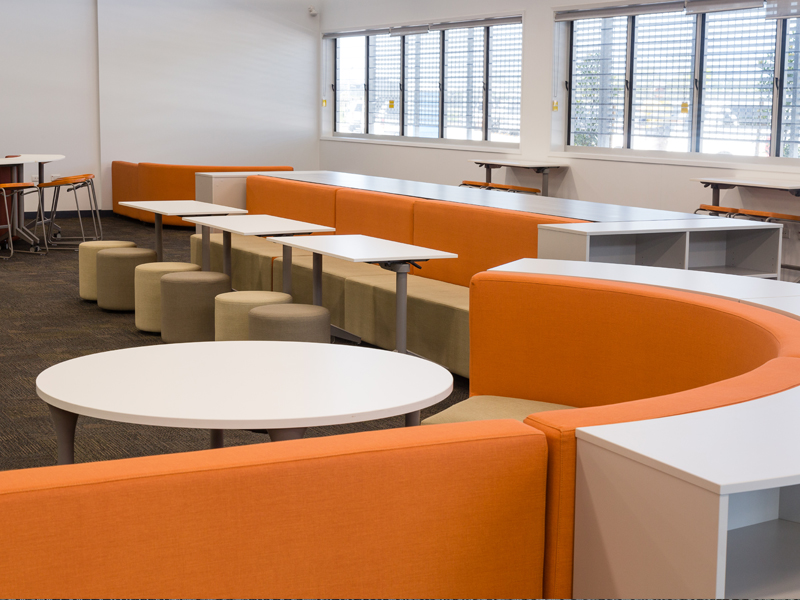
Orange can be a welcoming and mood-lifting colour for learners, which in turn promotes comfort and improves neural functioning.
While it’s sometimes labelled as an ‘angry’ colour, in small doses, red has been shown to mentally stimulate and promote creativity in students. Incorporating red into learning hubs like booths can create a fun learning zone for kids to thrive in.
Let's not forget white. It continues to have a role to play in the classroom. Although the days of bright, stark white walls might be over, white remains a great, flexible base colour for many schools. Using white for hallways and walls is a great way to complement bright or patterned furniture. Warm hues like off-white or beige paired with neutral earth tones also have a calming effect – perfect for the Staff Room!
Using colour in your classroom
Consider choosing a colour scheme for your classroom, for example, biophilic. Biophilic design is about reconnecting with nature and bringing the outdoors inside. The biophilic colour scheme comprises of warmer colours and soft earthy tones, including green, blue, brown, beige, and light grey. Supported by research, these colours have demonstrated the ability to enhance concentration, creativity, and general wellbeing. See how Mindfull has used the biophilic colours in their product range here.
Ultimately, colour is a huge part of our lives and our perceptions, and we can use that to the benefit of students and staff!
You're currently on the New Zealand website. Click here to visit our AU site.
Select your region: